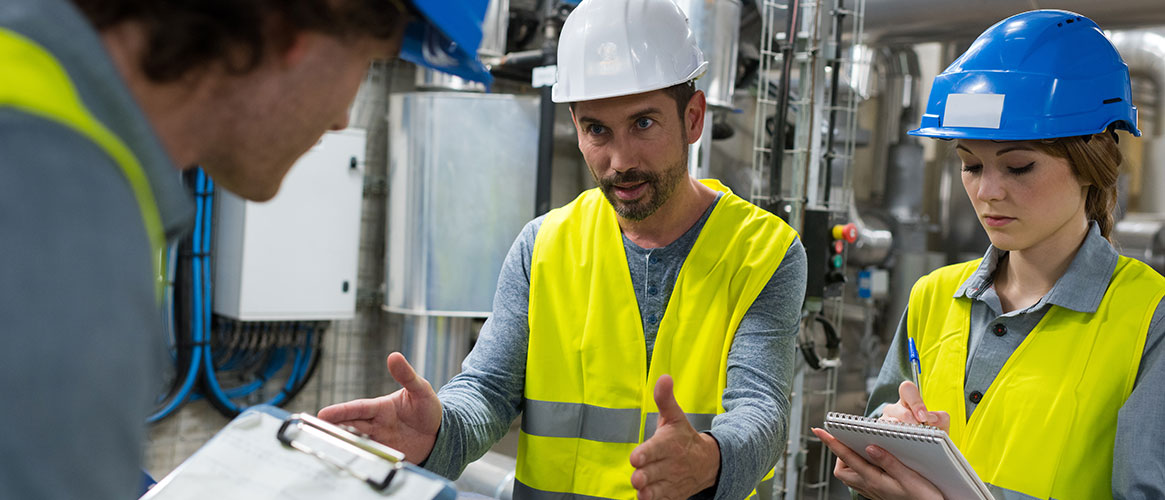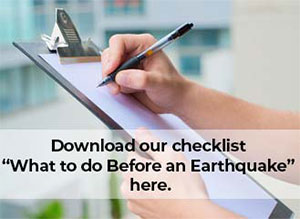As an employer, you are responsible for ensuring the safety of your employees from all workplace hazards, including earthquakes. It is important that you and your employees know what to do before an earthquake occurs. With the correct preparation and planning, you can help reduce the risk of injuries or damage and help your workplace get back to normal as quickly and efficiently as possible. Below are important steps you can take to prepare your workplace and employees.
Develop your emergency plans
When an earthquake or other disaster occurs, it’s easy to become overwhelmed with everything that’s going on, so having your plans already in place is a must. Two critical plans to help you remember what to do if an earthquake or other natural disaster occurs are your Emergency Action Plan (EAP) and your Disaster Resiliency Plan (also known as a Business Continuity Plan).
The EAP details site-specific instructions for what to do during, and immediately following an emergency. An effective EAP helps you: respond efficiently, improve your ability to make decisions and communicate, and adapt to the unexpected.
The Disaster Resiliency Plan details the procedures to limit the impact of a disaster on your workplace. It also identifies the steps to take to resume operations if your workplace is disrupted.
Review and update both plans at least once per year, after a drill if anything changes at your workplace, or after an earthquake.
Secure your space
Earthquakes can move almost anything. In the 1994 Northridge earthquake, only 1% of injuries were caused by building damage while 55% of injuries were caused by falling furniture or objects. Look around and ask, “What can move, shake, fall, or break?”
Secure heavy, large, breakable, or hazardous items or move them to the floor or lower shelves. Furniture, equipment, and other heavy items can fall on a person or move and block important exit paths.
Install latches, straps, bolts, wax, or Velcro to prevent computer equipment and other objects from falling or moving. Items on ceilings, walls, or horizontal surfaces can shift or fall. Cabinets or drawers can open. Containers can be damaged or leak.
Keep aisles and exits clear. Avoiding clutter in the aisles and exits helps your employees evacuate the building in the safest possible way.
Keep areas under desks, tables, or other sturdy pieces of furniture clear. This creates protective space for employees during an earthquake. It also prevents the clutter from moving around or becoming airborne.

